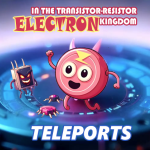Transistors: Control and scatter the flow of electrons and holes, creating hazardous areas
19 Oct 2024
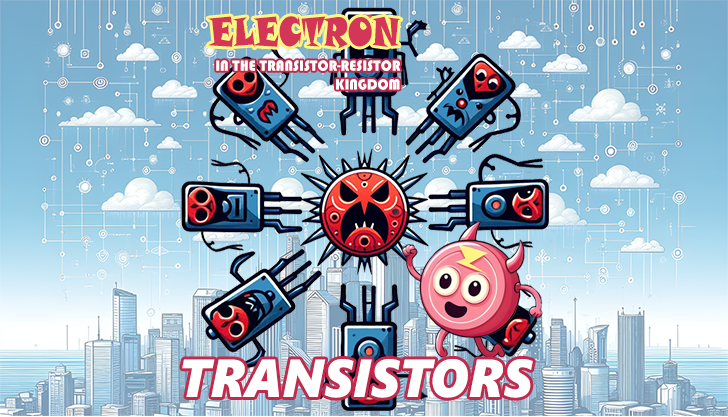
Transistors are semiconductor devices that are used to control and amplify electrical signals. They are the main components of modern electronic devices such as computers, telephones, and televisions. Transistors work in game by controlling the movement of electrons and holes in a semiconductor material.
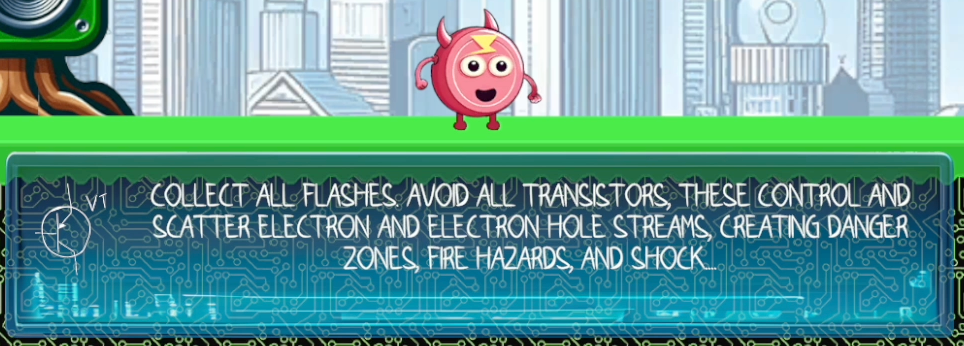
How a Transistor Works:
Semiconductor Material: Transistors are made from materials with semiconductor properties, such as silicon. Semiconductors have two regions: the p-type region (with an excess of holes) and the n-type region (with an excess of electrons).

Transistor Hazards:
Fire Hazard:
Heat Generation: Transistors generate heat when in operation, especially when operating at high frequencies or in high-power applications. Improper cooling or excessive loading can cause them to overheat, creating a fire risk.
Short Circuits: If a transistor fails, a short circuit can occur, which can also cause overheating and, in some cases, fire.
Electric Shock:
High Voltages: In power electronics, transistors may operate with high voltages (in power transistors such as IGBTs or MOSFETs). If these devices are not handled correctly, they may cause a risk of electric shock.
Insulation Damage: The insulation around the transistors and their circuits must be reliable. Damaged or old insulation can cause current leakage and cause electric shock.
Hazardous Areas:
High Electric Field Areas: The inside of a transistor, especially a field-effect transistor, creates high electric field areas. If the transistor is operated at high power or high frequencies, these areas can cause thermal runaway.
Electric Static Discharge (ESD): Transistors can be very sensitive to static electricity, making them vulnerable to damage and potential malfunction. It is important to use anti-static wrist straps and other protective measures when working with sensitive electronics.
Precautions:
Cooling: It is important to properly cool transistors, especially in high-power applications. Use heat sinks and fans to dissipate heat.
Short circuit protection: Install fuses or protection circuits to prevent overload and short circuits.
Anti-static precautions: When working with transistors, it is important to take anti-static precautions to prevent damage to them.
High voltage handling: Use appropriate insulating materials and protective equipment when working with high-voltage transistors.
Types of Transistors:
Transistors can be classified by various features, such as the type of material used, operating principle, design, and other parameters. Here are the main types of transistor classification:
1. By type of material used:
- Silicon transistors are the most common, due to their good electrical characteristics and heat resistance.
- Germanium transistors are less common, as they are less resistant to high temperatures, but provide low noise.
- Gallium arsenide transistors are used in high-frequency devices (such as radio frequency circuits) due to their high speed characteristics.
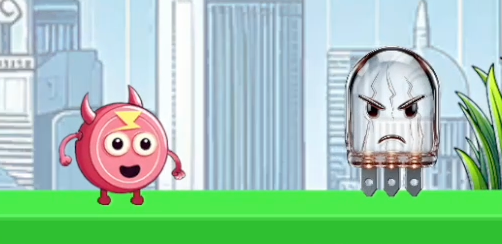
2. By type of control contact (structure):
Bipolar transistors (BJT) – operate on the principle of current control.
- n-p-n transistors – the electron current mainly carries negative charges (electrons).
- p-n-p transistors – the main current carriers are positive charges (holes).
Field-effect transistors (FET) – operate on the principle of voltage control.
- Junction field-effect transistor (JFET).
- Insulated-gate field-effect transistor (MOSFET).
- Enhancement MOSFET (operates only when control voltage is applied).
- Depletion MOSFET (operates in the absence of control voltage).
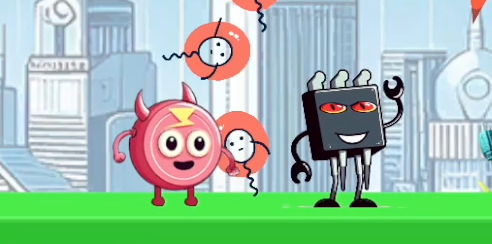
3. By operating principle:
Unipolar transistors – the current in the transistor is created by only one type of charge carriers (electrons or holes). Example – field-effect transistors.
Bipolar transistors – the current in the transistor is created by two types of charge carriers (electrons and holes).

4. By purpose:
Amplifying transistors used to amplify a signal (sound, radio frequencies, etc.).
Key transistors (switching) – used in digital circuits and power supply circuits to switch the "on/off" state.
High-frequency transistors – operate at high frequencies, used in electronic devices.
Power transistors – capable of controlling high currents and voltages, often used in inverters and power supplies.
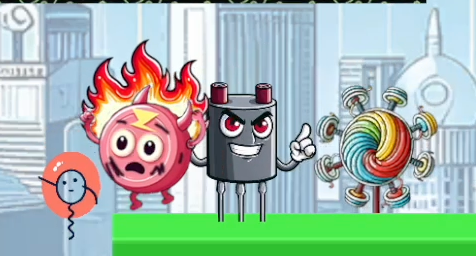
5. By frequency range:
Low-frequency transistors – used in low-frequency signal processing circuits.
High-frequency transistors – designed to operate in the radio frequency and microwave ranges.

6. By power:
Low-power – for circuits with low currents and voltages.
Medium-power – for circuits with moderate loads.
High-power – for power devices such as inverters and voltage regulators.
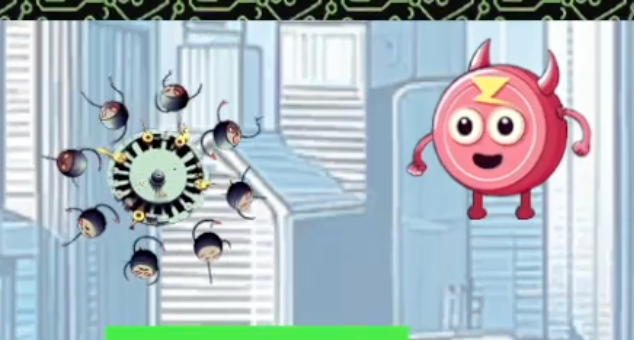
7. By design:
Planar transistors – manufactured on a flat substrate, the most common type.
Discrete transistors – have their own terminals.
These classifications allow you to select a transistor based on the requirements of a specific application, such as power, frequency, current and voltage.
Application transistors
Transistors have a wide range of applications in modern electronics, and their role can be considered in various areas:
- Signal amplification: One of the most common applications of transistors is to amplify electrical signals such as sound, radio or video. In this role, transistors are used in amplifiers, allowing weak signals to become more powerful.
- Switching: In digital technology, transistors act as electronic switches. They can quickly switch between two states - on (1) and off (0), which is the basis for the operation of all modern microprocessors, RAM and other digital devices.
- Signal generation: Transistors are used in signal generators, such as clock generators that synchronize the operation of processors, as well as in radio and television transmitters.
- Voltage Regulation: In power supplies, transistors can be used to stabilize voltage or current, allowing electronic devices to receive a steady supply of power regardless of fluctuations in input voltage.
- Modulation: In communication systems, transistors are involved in modulating signals, allowing data (audio, video, text, etc.) to be transmitted over various communication channels, such as radio waves or fiber optic lines.
- Triggers and Logic Elements: In digital technology, transistors form the basis of logical circuits (AND, OR, NOT, etc.). These circuits allow the construction of complex control systems, data storage, and information processing.
- Electronic Amplifier (Amplifier Enemy): Increases the attacks of other enemies. In the presence of such an enemy, the damage dealt to the player increases if there are other enemies nearby. He himself may not be very strong, but his main threat is to increase the power of his allies.
- Switch (Switching Enemy): Quickly switches between different states - attacking and defending. In one state, he can attack the player, in the other - be invulnerable. For example, the Transistor can change shape, becoming temporarily invulnerable or hiding behind energy shields.
- Energy Barrier (Protector Enemy): Creates force fields that block the player's path or attack them when they approach. The Transistor can create or maintain a barrier that protects other enemies or important objects in the level.
- Signal Modulator (Modulating Enemy): Changes attack patterns or its properties depending on level conditions, such as the player's location or the number of enemies on screen. For example, the Transistor can modulate its attack strength and type, making them more varied and harder to predict.
- Radio Frequency Transmitter (Long-Range Enemy): Fires long-range energy beams or radio waves that can stun or temporarily blind the player. These attacks can interrupt abilities or slow movement.
Transistors are the basis of all modern electronics, from simple household appliances to complex supercomputers and telecommunications systems.
Related games
Electron in the transistor-resistor kingdom
Game: Perform tasks and rest cool. 2574 people play!
Play gameRelated news
Online broadcast about the game Electron in the Transistor-R...
broadcast about the game Electron in the Transistor-Resistor Kingdom
Read morePlatforms in the game Electron in the Transistor-Resistor Ki...
Platforms are the basic game elements in the platformer genre. They are surfaces or objects on which the player can move...
Read moreTeleport as a device for moving matter in space and time
This is a high-tech device that can instantly move a player from one point in the game world to another using plasma tec...
Read more

